Results
-
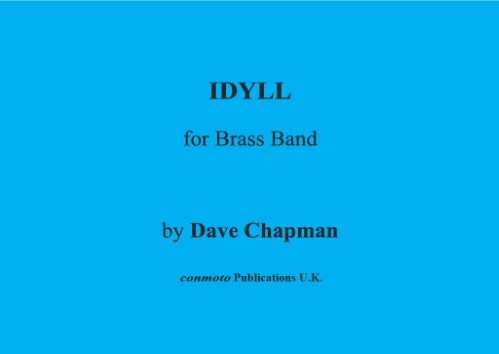 £27.50
£27.50IDYLL (score & parts) - Chapman, Dave
If you require further information on IDYLL (score & parts), please
In Stock: Estimated dispatch 1-3 working days
-
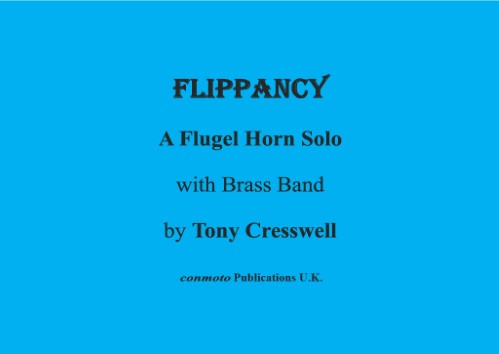 £8.50
£8.50FLIPPANCY (score) - Cresswell, Tony
If you require further information on FLIPPANCY (score), please
In Stock: Estimated dispatch 1-3 working days
-
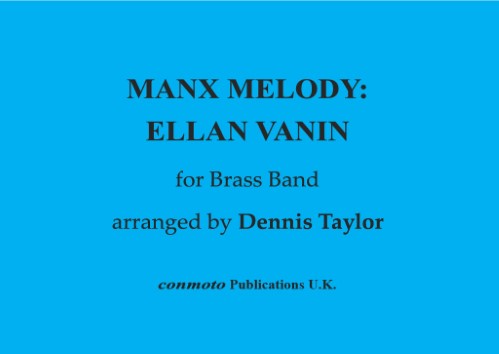 £8.50
£8.50MANX MELODY (score) - Traditional
If you require further information on MANX MELODY (score), please
In Stock: Estimated dispatch 1-3 working days
-
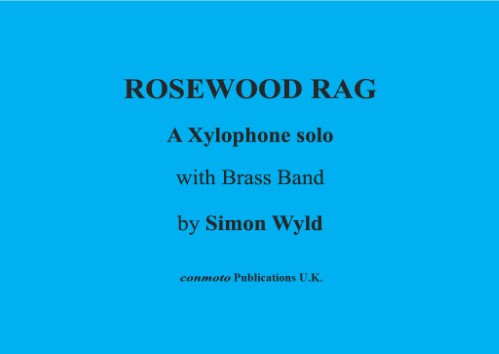 £8.50
£8.50ROSEWOOD RAG (score) - Wyld, Simon
If you require further information on ROSEWOOD RAG (score), please
In Stock: Estimated dispatch 1-3 working days
-
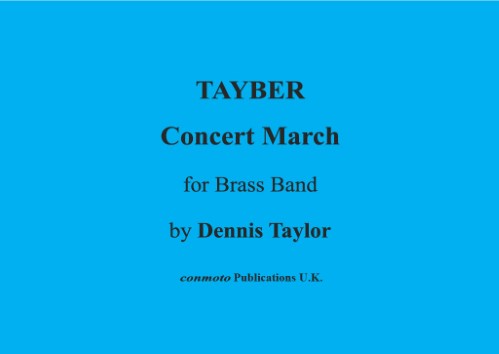 £11.50
£11.50TAYBER (score) - Taylor, Dennis (1925-2021)
If you require further information on TAYBER (score), please
In Stock: Estimated dispatch 1-3 working days
-
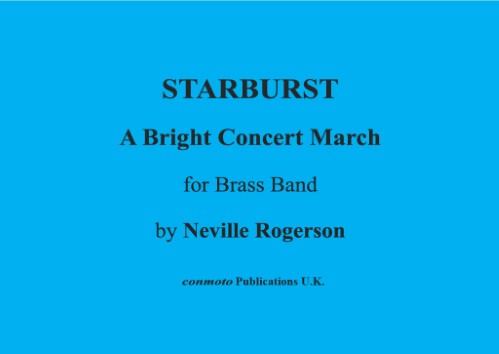 £11.50
£11.50STARBURST (score) - Rogerson, Neville
If you require further information on STARBURST (score), please
In Stock: Estimated dispatch 1-3 working days
-
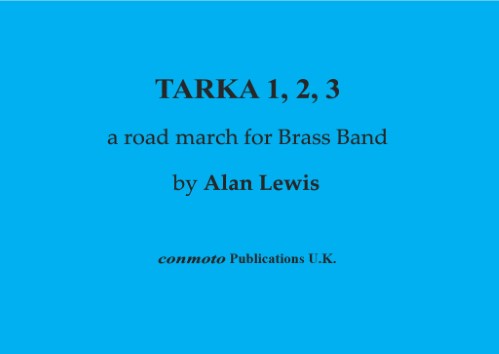 £8.50
£8.50TARKA 123 (score) - Lewis, Alan (1948-2013)
If you require further information on TARKA 123 (score), please
In Stock: Estimated dispatch 1-3 working days
-
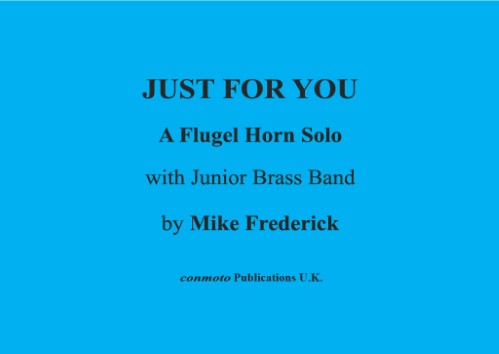 £8.50
£8.50JUST FOR YOU (score) - Frederick, Mike
If you require further information on JUST FOR YOU (score), please
In Stock: Estimated dispatch 1-3 working days
-
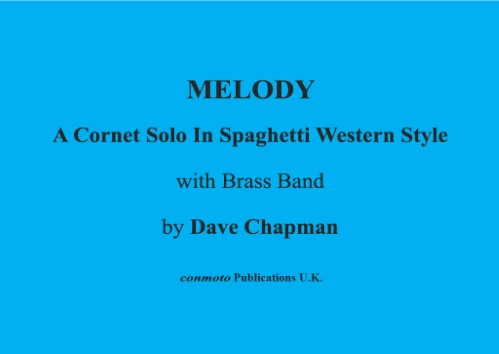 £27.50
£27.50MELODY (score & parts) - Chapman, Dave
If you require further information on MELODY (score & parts), please
In Stock: Estimated dispatch 1-3 working days
-
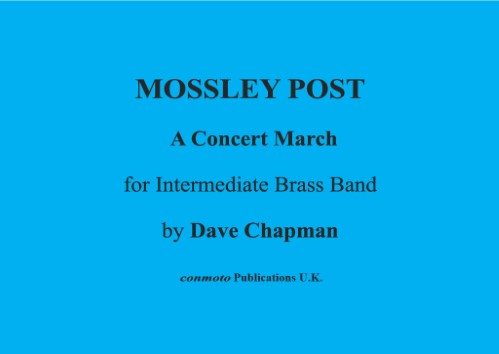 £11.50
£11.50MOSSLEY POST (score) - Chapman, Dave
If you require further information on MOSSLEY POST (score), please
In Stock: Estimated dispatch 1-3 working days
